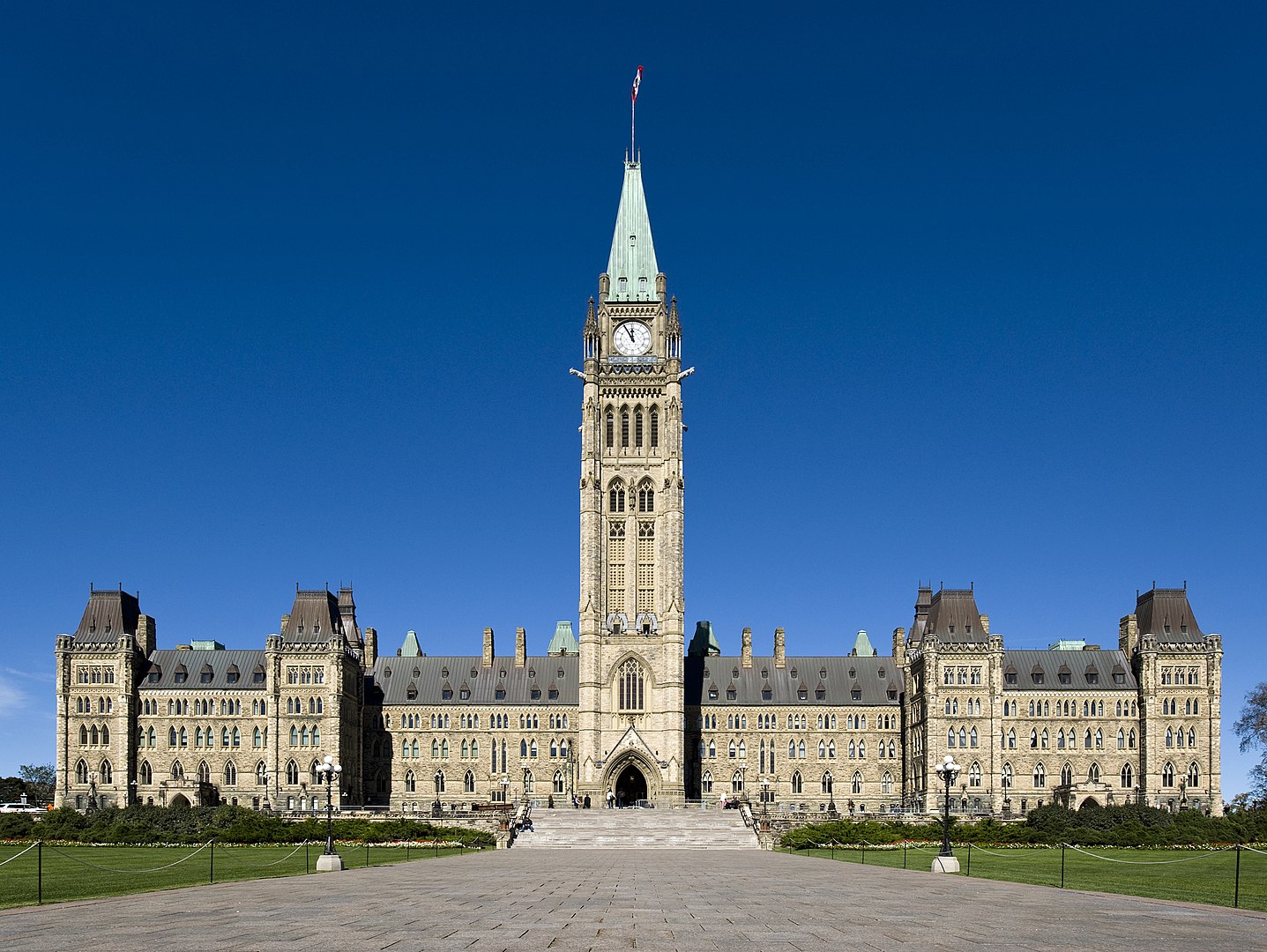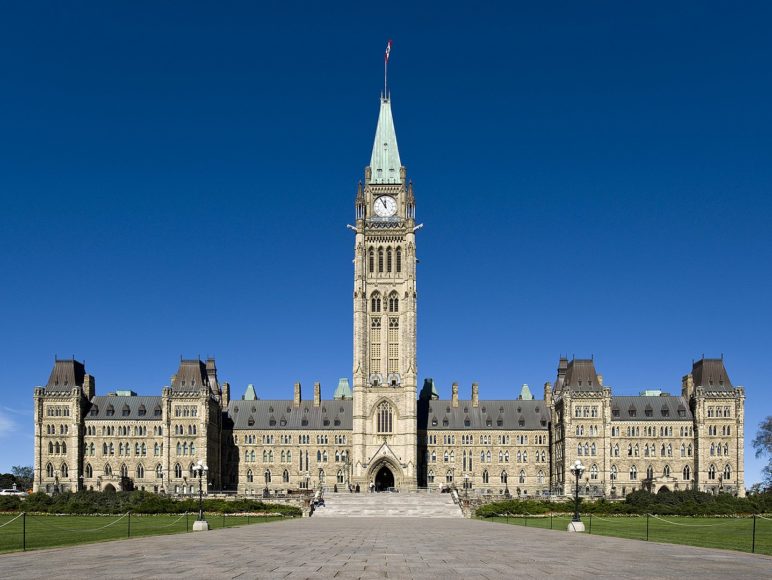Imagine an American election where Republicans promise billions in transit money for cities, but only if those cities agree to aggressively increase the amount of new housing in their districts.
It’s hard to visualize. Yet, in the Canadian election September 20, that’s what the Conservative Party of Canada—a party that, like the Republican Party, has become a dominant choice of rural and some suburban voters, while being shut out of many urban ridings—has pitched as a core part of its housing platform in the campaign.
The Conservatives have also promised to do whatever it takes to increase housing production by at least 30 percent over current levels, a move that kicked off a kind of competition among the parties in promising more homebuilding.
A million homes in three years from Conservatives. From the centrist Liberals, the current ruling party in Canada’s federal system, 1.4 million in four years on top of an already existing goal of 160,000 new homes in 10 years set back in 2017 in its National Housing Strategy. From the left-leaning New Democratic Party (NDP), 1.7 million in 10 years, of which 500,000 would be new and affordable. Even the Green Party, with more of a focus on protecting renters and providing supply through nonprofits and co-ops, put in a promise of 350,000 units over 10 years.
And, from each of them, additional conditions or incentives to prod city councils—the level of government that has the most direct control over housing development—into action.
The Conservatives, in the early days of the campaign, said that money for transit would be tied to housing in two ways: first, by committing it to projects that connect homes to work; second, by requiring municipalities getting money for transit to increase density near those lines.
The NDP, usually regarded as Canada’s most progressive party, ended up echoing that kind of condition later on in the campaign.
The Liberals, adopting more of a carrot approach, promised a $4 billion Housing Accelerator Fund, “to challenge the country’s largest cities to accelerate their housing plans.” The goal: “Help cities enforce use it or lose it: that core urban land should be available for new housing, not held vacant by speculators.”
Promises to build a lot more homes mark an unusual new stage in Canadian election talk on housing
“I don’t remember another federal election where there was this much attention paid to housing,” says Tim Richter, CEO of the Canadian Alliance to End Homelessness, which is in a coalition of housing organizations in Canada putting on a “Vote Housing” campaign in this round.
All the parties are promising the usual rounds of special incentives for homeowners that are frequently a part of any election campaign: new tax-free savings accounts to accumulate money for down payments, measures to ban or tax offshore investors, new support for renters to become homeowners, and more.
But they are also emphasizing building more homes—along with explicit talk about the role of city politicians in making that happen—in their platforms, a move that came as a pleasant and unexpected surprise to people in the YIMBY (Yes In My Back Yard) movement.
“Tying new housing and ending apartment bans to federal public transit funding is an absolute no-brainer in terms of both housing and climate policy … and it’s bloody ridiculous that the Conservatives are the only ones running on it,” was the Twitter comment early in the campaign from one of Vancouver’s young pro-housing advocates, lawyer Peter Waldkirch.
There’s no talk in that Conservative platform of how dangerous it would be if nice suburbanites were forced to accept apartment buildings in their neighborhoods or the perils of subsidized housing, the kind of rhetoric that has frequently permeated Republican politicians’ talk about what’s needed when it comes to housing.
Instead, the Conservative platform is blunt about the need.
“It’s time to face the fact: We have a housing crisis in Canada. Affording a home—to rent, let alone to buy—is slipping out of reach of Canadians across our country. The primary cause is that supply simply isn’t keeping up with demand. Governments have not let Canadians build enough housing to keep up with our growing population.”
No one watching the housing debate in this election is claiming that just an emphasis on new supply is enough or going to solve all problems.
“It’s not enough just to target supply. It’s where are you targeting it and for whom,” said Markus Moos, director of the School of Planning at the University of Waterloo in Ontario. “You need supply that is more centrally located and near transit. There’s a risk of just targeting supply all over.”
The NDP and Green Parties, like Democrats in the United States, emphasize targeting homebuilding toward those now shut out—people with lower incomes, especially those in tight rental markets. They’d support that through bigger subsidies to nonprofits or private builders who can guarantee lower rents.
“Growing the supply of low-income market is critical,” said Dr. Paul Kershaw, a University of B.C. professor in the School of Population and Public Health who helped found a group called Generation Squeeze, aimed at advocating for better public policy to help millennials and those younger who face an impossible housing situation, heavy student debt, more precarious work, and sky-high childcare costs.
Housing can’t be both affordable and a high-return investment
He also said political parties need to be willing to at least talk about a world where home prices aren’t constantly rising. At the moment, they aren’t, because even broaching the topic means potentially riling up the 64 percent of households in Canada that own their own homes.
Many homeowners have come to believe that they should not only be able to build up equity and assets by paying off the mortgage of a home that appreciates modestly in value in line with inflation, as used to be the practice.
Instead, they have now come to expect that they have a right to enormous increases in home values in a real-estate market in which prices are constantly rising faster than the rate of inflation.
That makes tackling housing difficult, says one housing analyst.
“The longer you retain that profit motive, the more difficult it is to tackle supply,” said Markus Moos, director of the School of Planning at the University of Waterloo in Ontario. “That investment mindset has invaded homeowners.”
Canada, unlike the United States, does not tax capital gains on a principal residence when it’s sold, even if the owner has doubled their money in a year—or a month.
Conservatives have floated the idea in this election that the Liberals are contemplating changes to that longstanding policy, which has prompted a flurry of energetic denials from the Liberal Party.
Instead, the Liberals and all the other parties except the Greens have offered various kinds of help to convert renters to first-time home buyers—an approach that many say is problematic when there is already a supply shortage and a fixation on housing as an investment.
“Even the Liberals are shying away from the harder things, things that would break our addiction to high and rising home prices,” said Professor Kershaw, whose Generation Squeeze group has nevertheless rated the Liberal Party plan as the best. “They are all proposing to run down the escalator faster than it’s going up.”
With or without changes to policies bolstering home ownership, though, the fact that all of Canada’s national political parties are now campaigning for abundant housing and talking about incentivizing or pressuring local governments to welcome it in close-in neighborhoods, is a promising sign of progress on the root problem: a shortage of homes.









